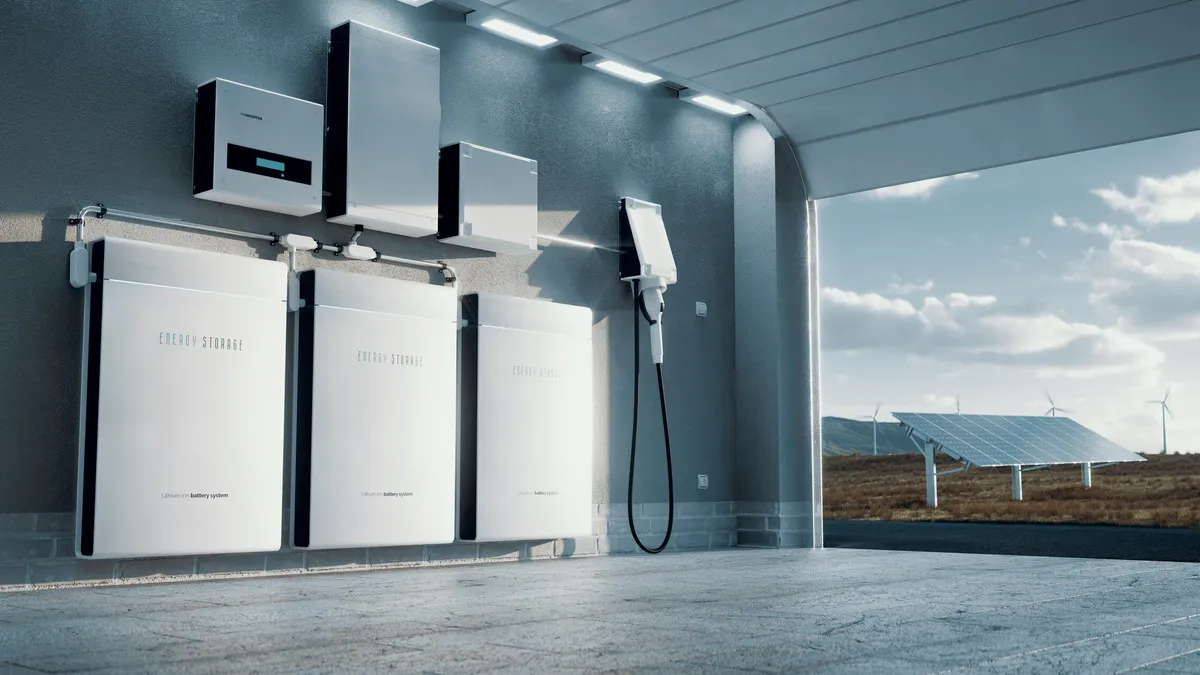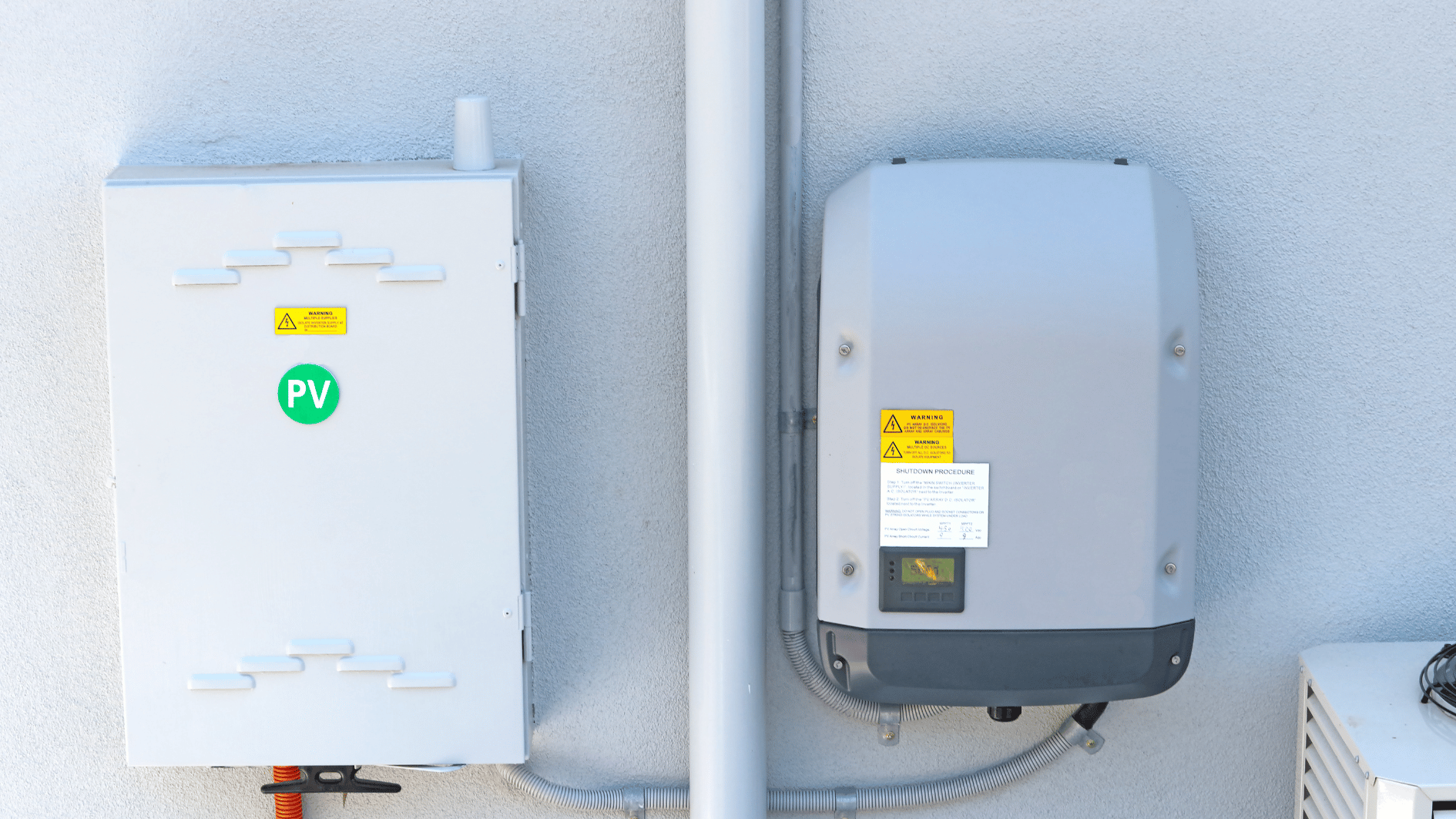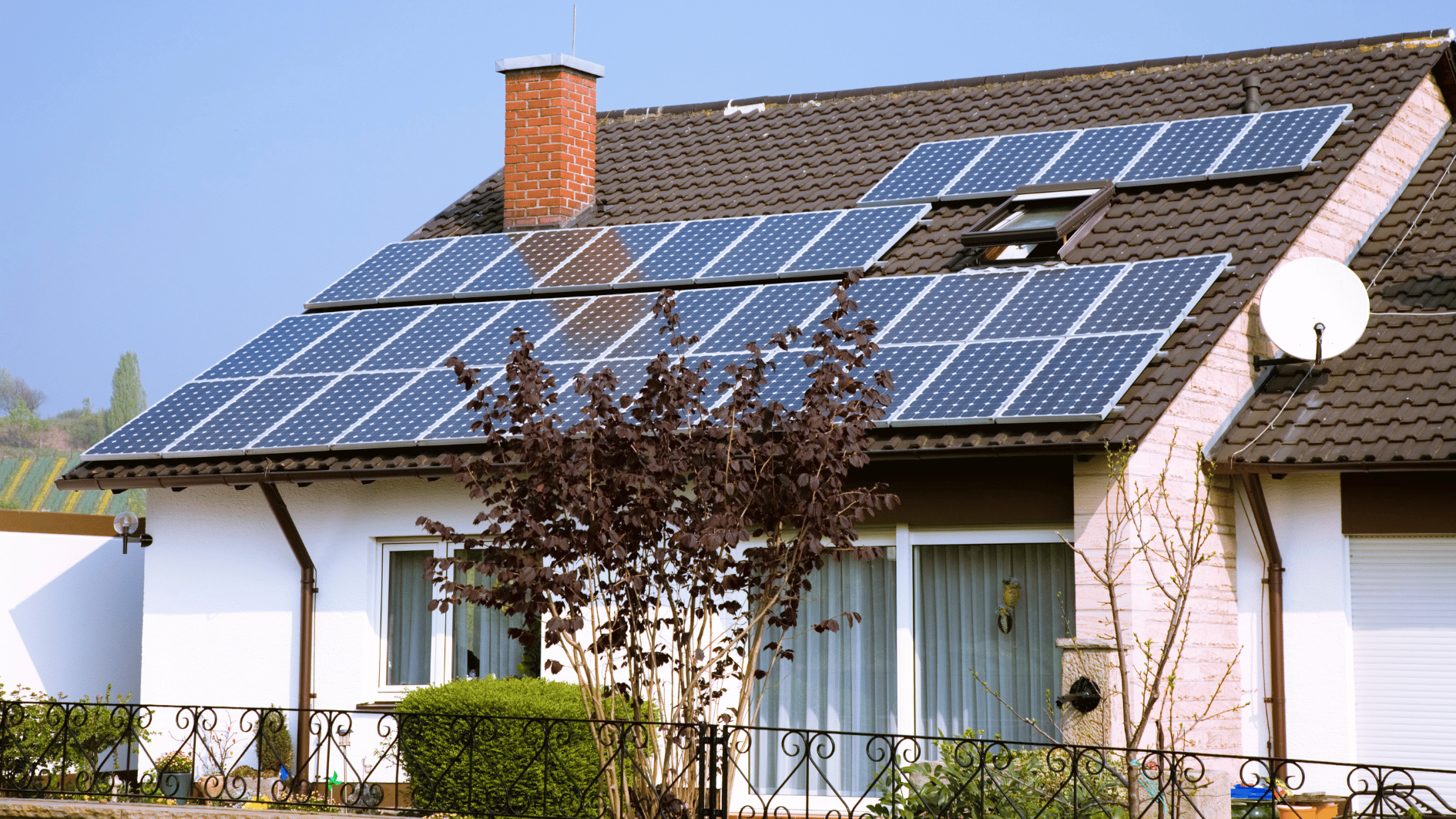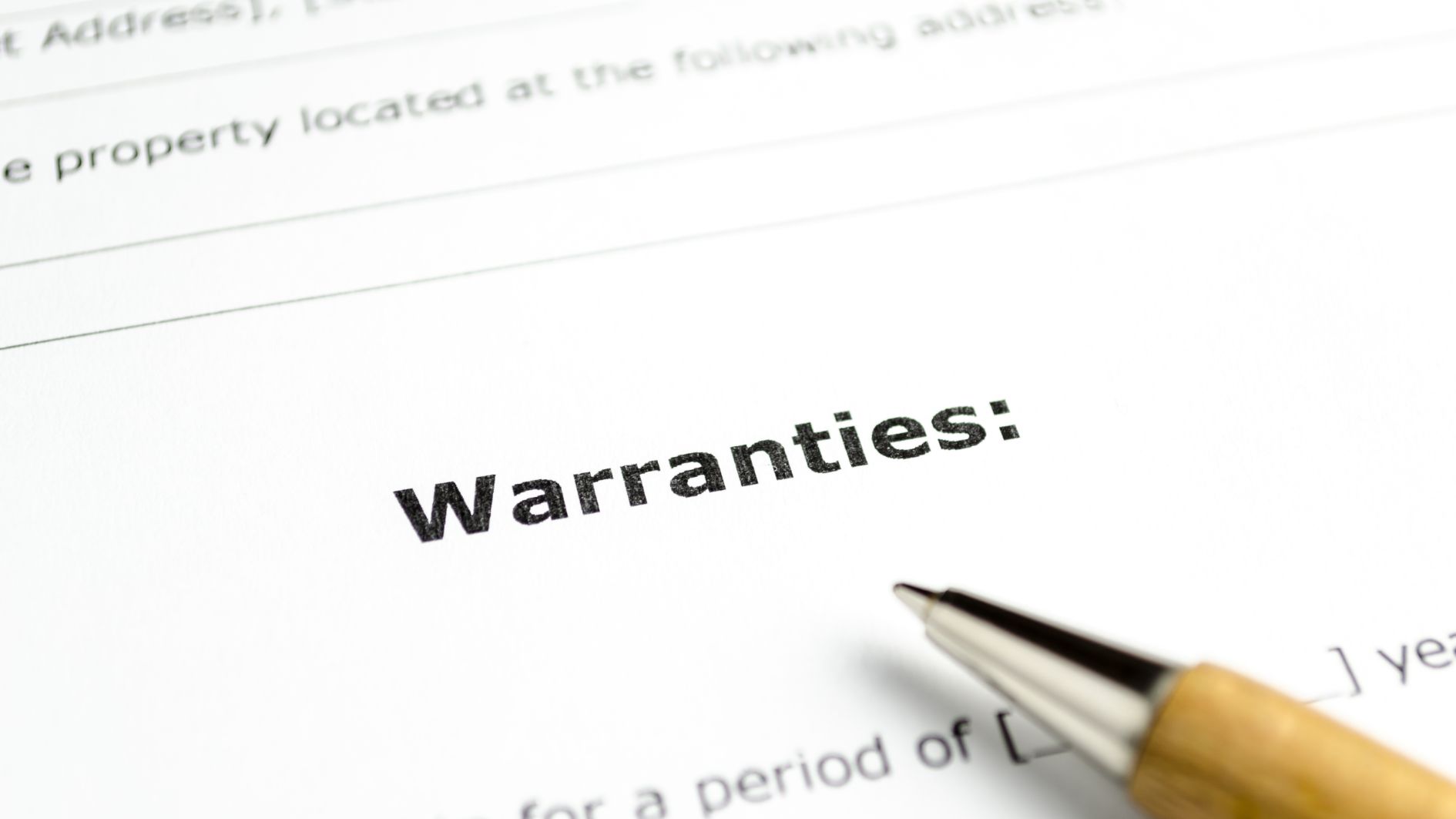Categories: Solutions
Understanding the Process of Sizing a Solar Inverter
By taking into account the size of your solar array, geographic factors, and site-specific conditions, you can determine the optimal inverter size for your system.
Maximizing Savings with Solar Batteries
Solar batteries serve as repositories for surplus solar energy generated by solar panels, ready to be deployed during periods of solar inactivity or power outages to sustain essential appliances.
Wiring Solar Panels: Series vs. Parallel Connections Explained
Wiring solar panels in series or parallel has significant impacts on the overall performance and efficiency of your solar power system.
Calculating the Number of Solar Batteries Needed
To maximize savings, you’ll typically need two to three batteries to ensure coverage for your energy needs during periods when your solar panels aren’t generating power.
Do All Batteries Come with Built-In Inverters?
Batteries or battery packs without an integrated inverter must be paired with an external, third-party inverter to connect to your solar panel system and home.
Expanding Your Solar Power System: Essential Considerations for Adding More Panels
Adding solar panels to an existing system can be a smart way to increase your energy production, reduce your utility bills, and further your commitment to sustainability.
How to Understand Battery Warranties
Most homeowners opt for energy storage systems with lithium-ion batteries.
Is It Possible to Run a Whole House on a Battery?
The portion of your house that a battery can back up depends on the appliances and circuits you want to support, as well as the battery’s power rating (both instantaneous…
Everything You Need to Know About Hybrid Inverters
A hybrid inverter, also referred to as a hybrid grid-tied inverter or battery-based inverter, combines the functions of both a solar inverter and a battery inverter into a single device.
Solar Tracking Systems: Is the Investment Justifiable?
A solar tracker system optimizes your solar energy production by adjusting the position of your panels to follow the sun’s path throughout the day.
Need help choosing a solution for you?
Just create an application, and we’ll help with the selection.











